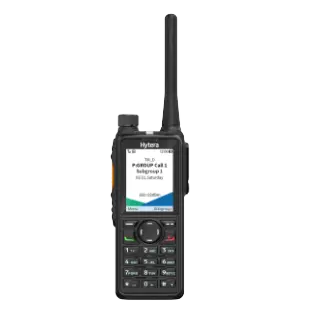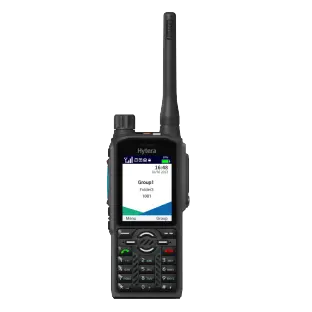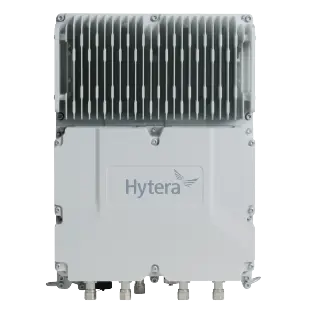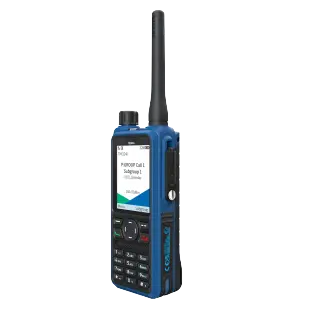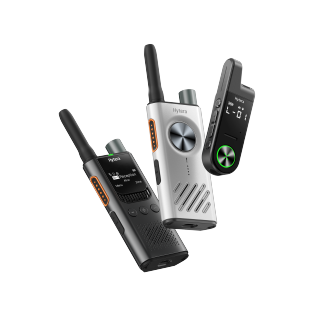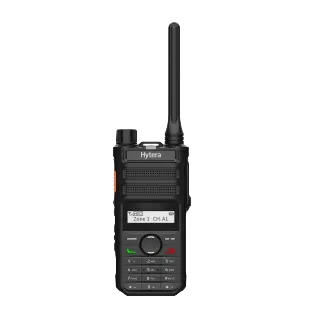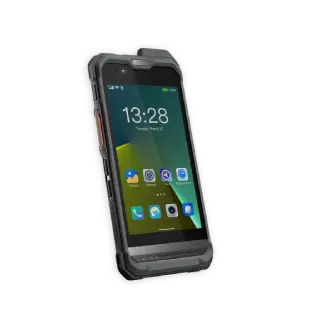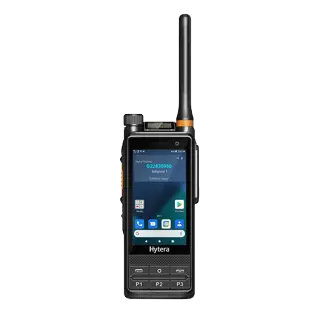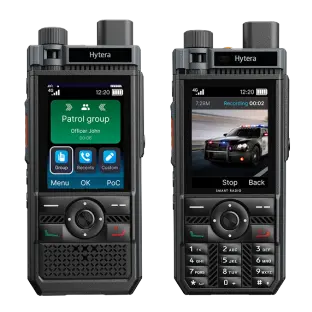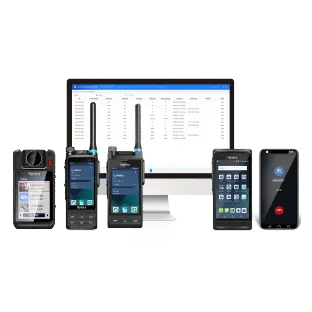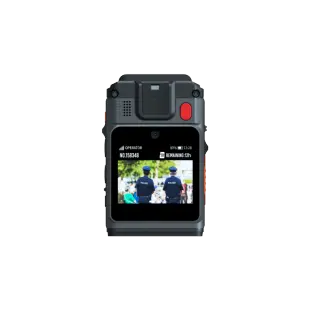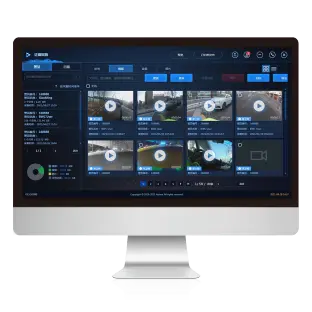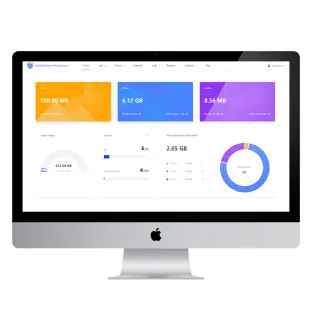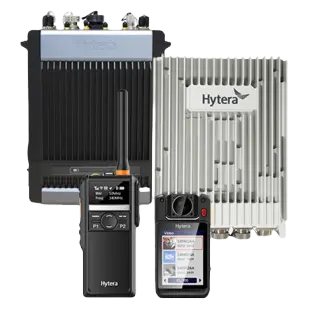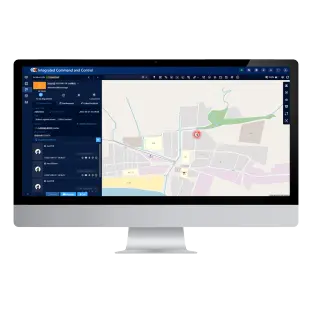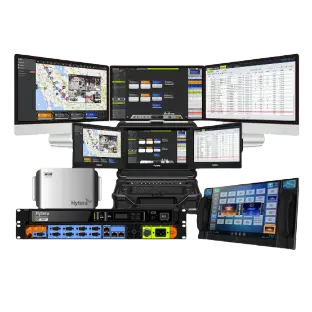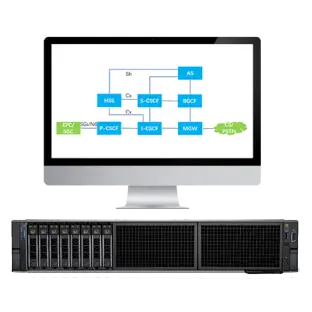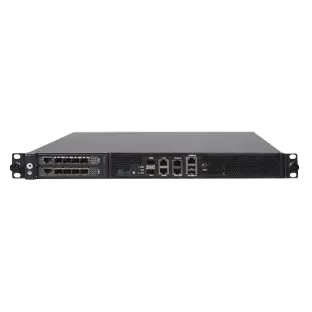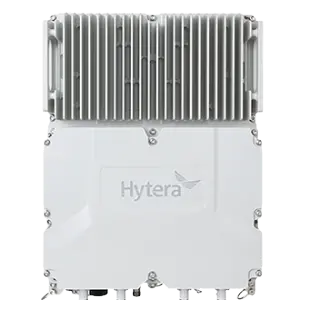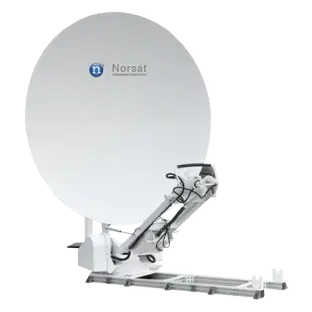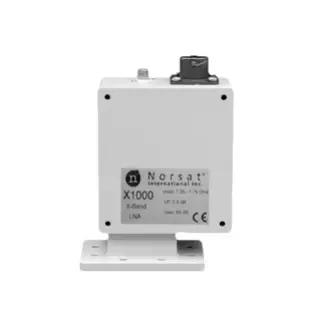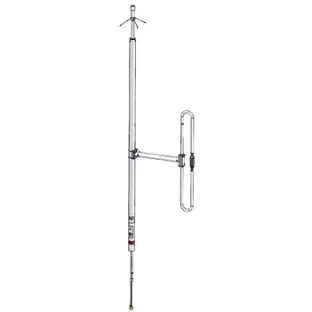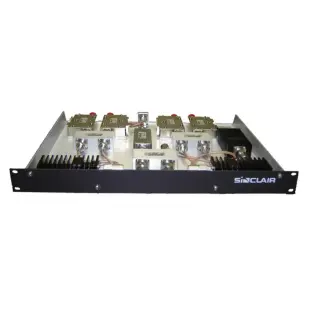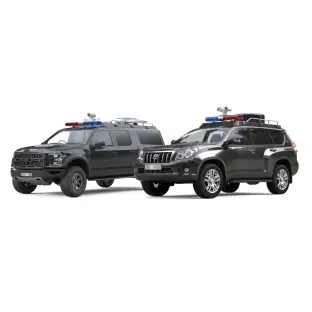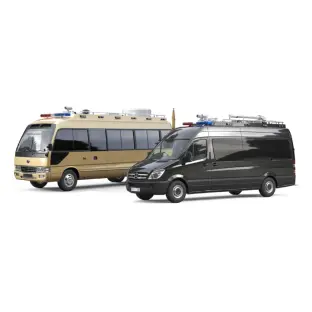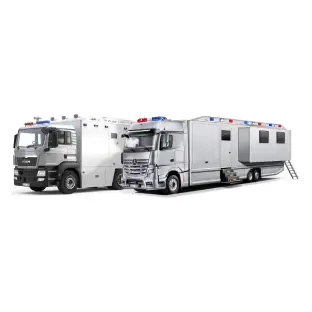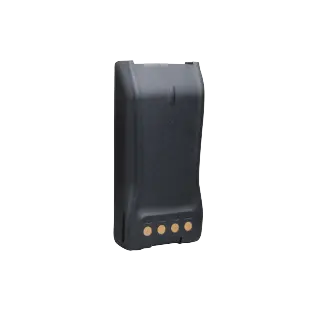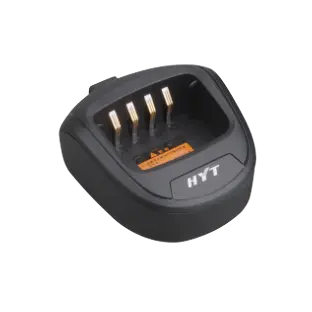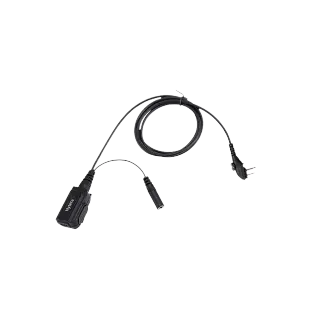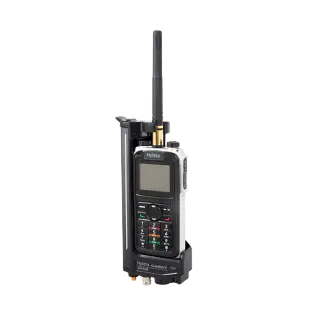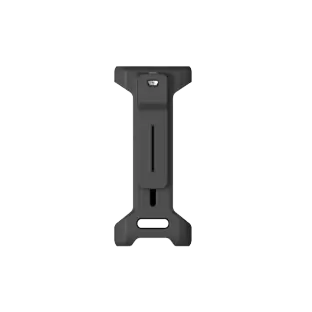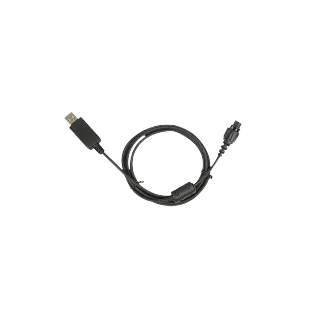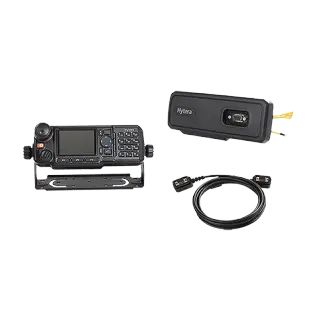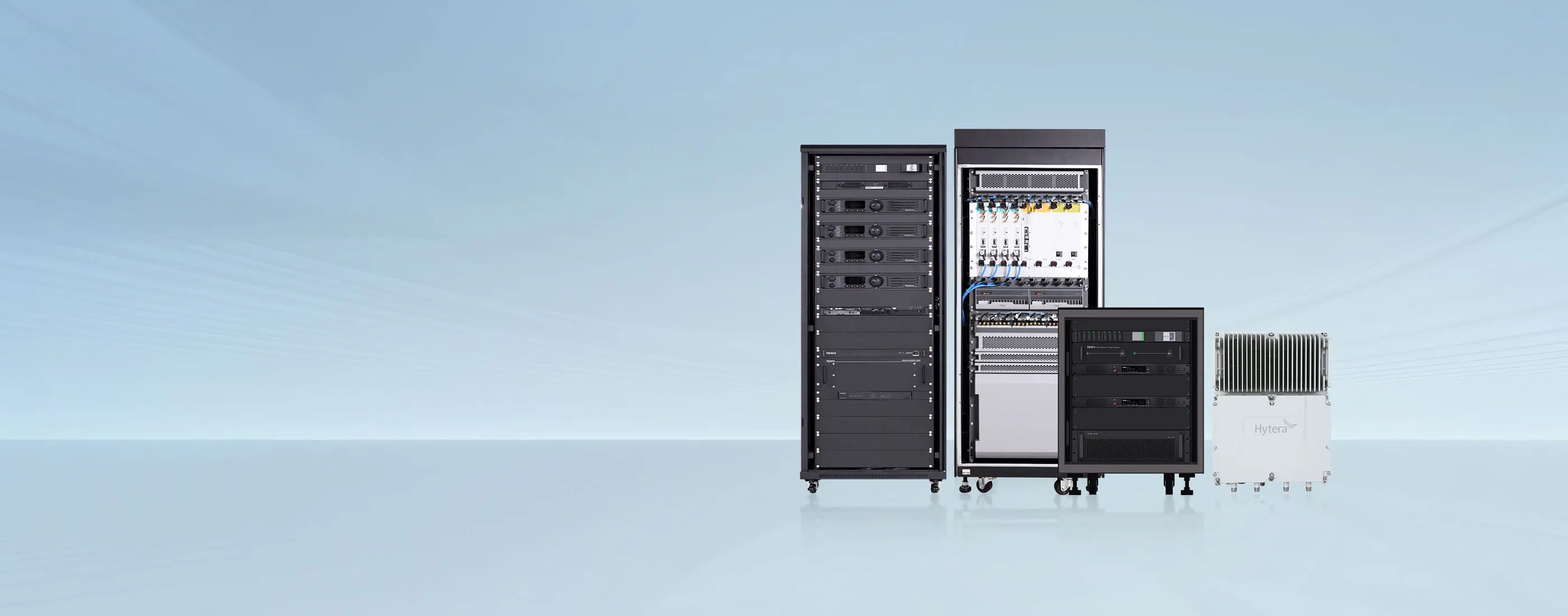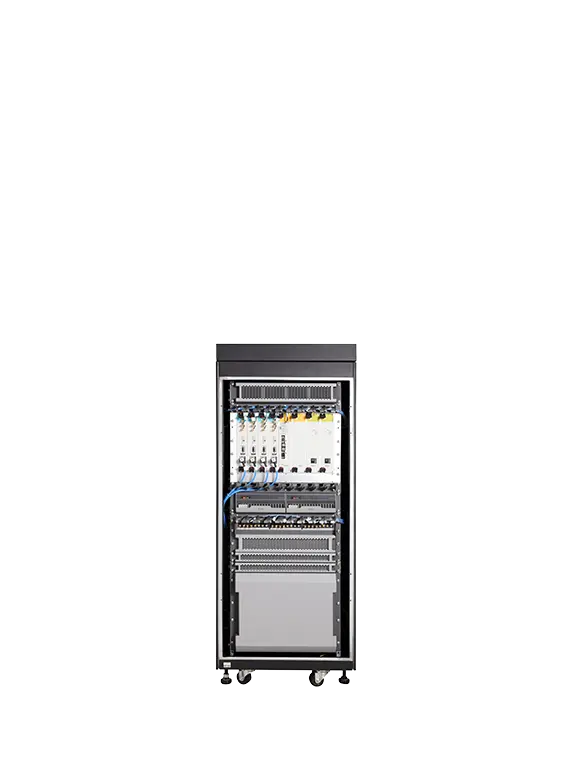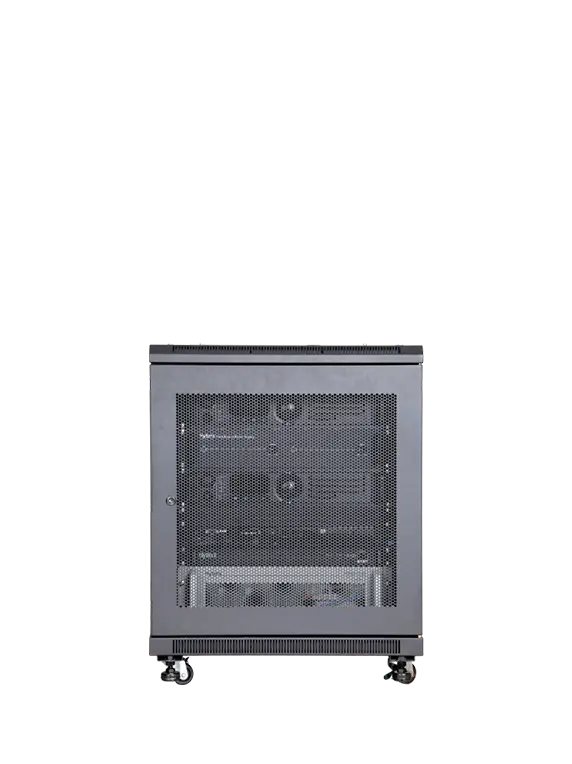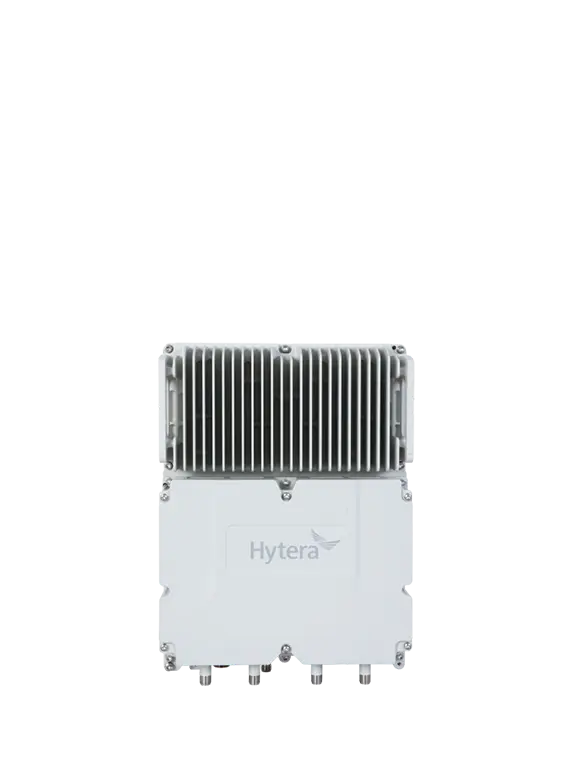
What are DMR Tiers?
The DMR standard was developed by the European Telecommunications Standards Institute (ETSI) in 2012 and has now become a globally developed standard for digital communications. DMR has three definition layers, namely DMR Tier I, II, and III. Users can choose different layers of equipment according to their different needs for digital communication systems.
What are DMR Tier I, Tier II and Tier III?

Tier I: Unlicensed
Tier I refers to working under the frequency 446.1-446.2MHz, no license is required for use, such as PMR446 walkie-talkie. Its communication service is very basic, no repeaters are used, no telephone interconnection, and it also defines a maximum power of less than 0.5 W per radio transmission, low power, mainly for personal or recreational users.
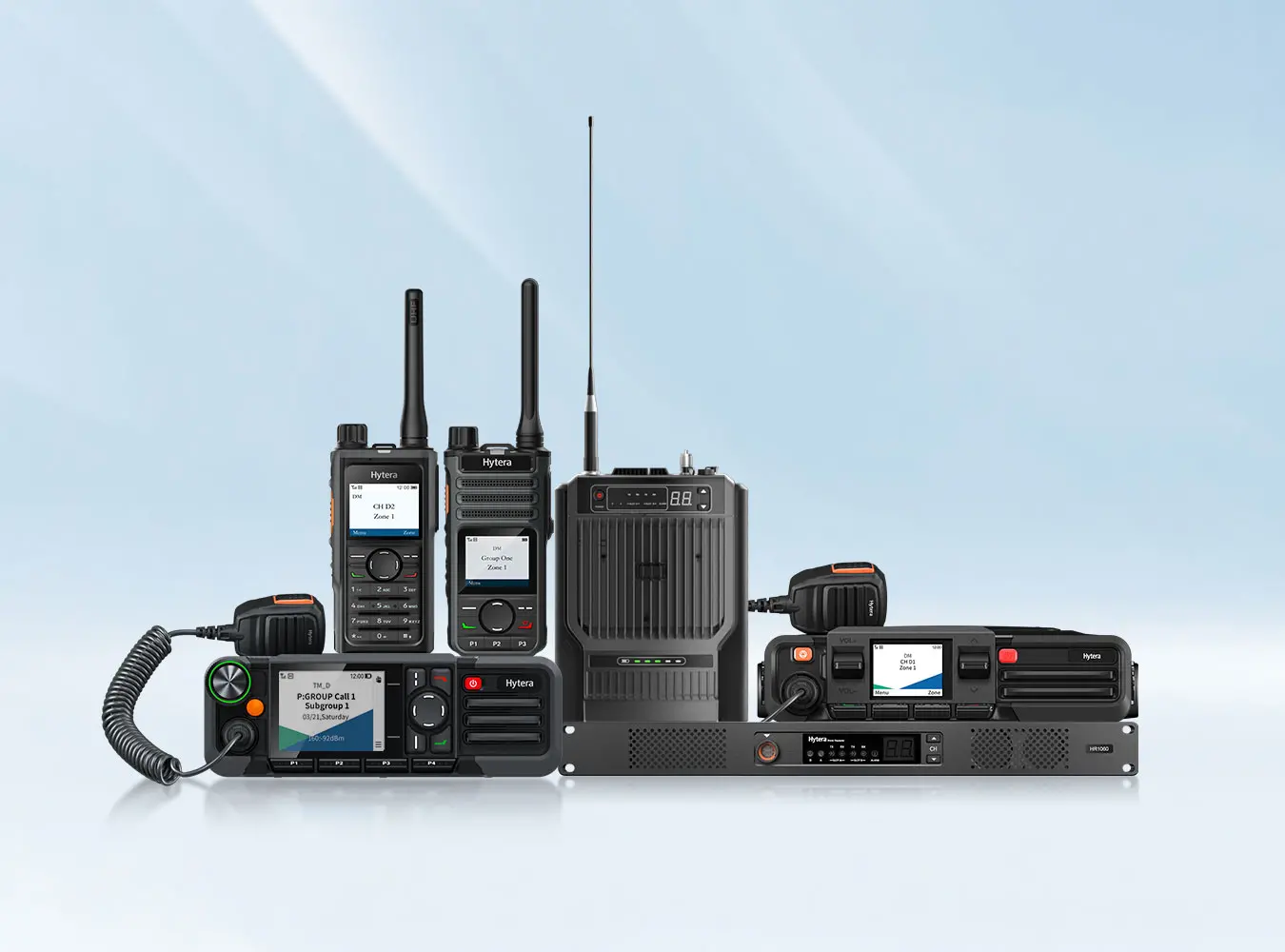
Tier II: Conventional
Tier II is a conventional radio system operating in the 30-1000MHz band, usually VHF in the 136-174MHz band and UHF in the 350-527MHz band, requiring a license. Its communication service is much more complex than Tier I, including advanced call service, telephone interconnection, dispatch connection and secure communication. The power is higher and the communication range is wide. For example, the maximum power of Hytera's best-selling radio is usually 5 W. It is also possible to extend the communication range even further through a network of repeaters or IP data services.
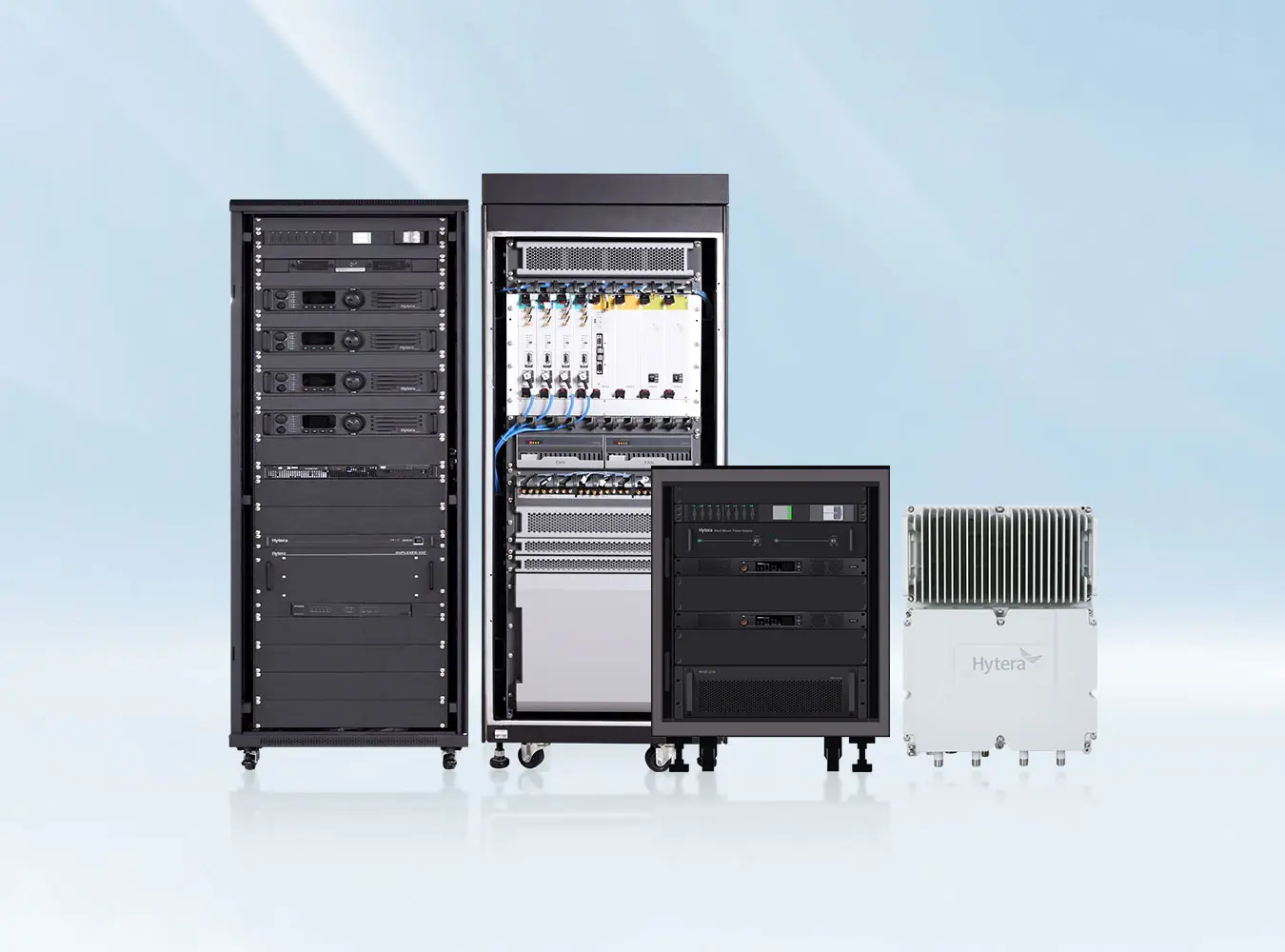
Tier III: Trunking
Tier III is based on the MPT1327 analog cluster open standard and adds a complete digital cluster function on the basis of Tier II. DMR Tier III is a trunked radio system, which means that radios are automatically assigned to frequencies rather than having a fixed frequency, allowing for more efficient sharing of available radio channels among users. Tier III is designed for large networks with thousands of users.
DMR Tier III Features
Benefits of Hytera DMR Trunking
Increased Efficiency
System High Reliability
Easy to Interconnect with Other Systems
Powerful Application
Lower Cost of Migration
Open API
Hytera DMR Tier III Trunking Systems
Hytera DMR Tier III Trunking Solution has been world widely used in public safety and all vertical industries including Electricity, Oil & Gas, Transportation, etc. It can serve the customer with small to large coverage, expandable capacity, high reliability and enhanced security. As per the customer's detailed requirements, such as daily communication, integrated command and control, dispatching and rapid positioning, tailored solutions can be provided due to Hytera's rich product portfolio and abundant system features and functions.


